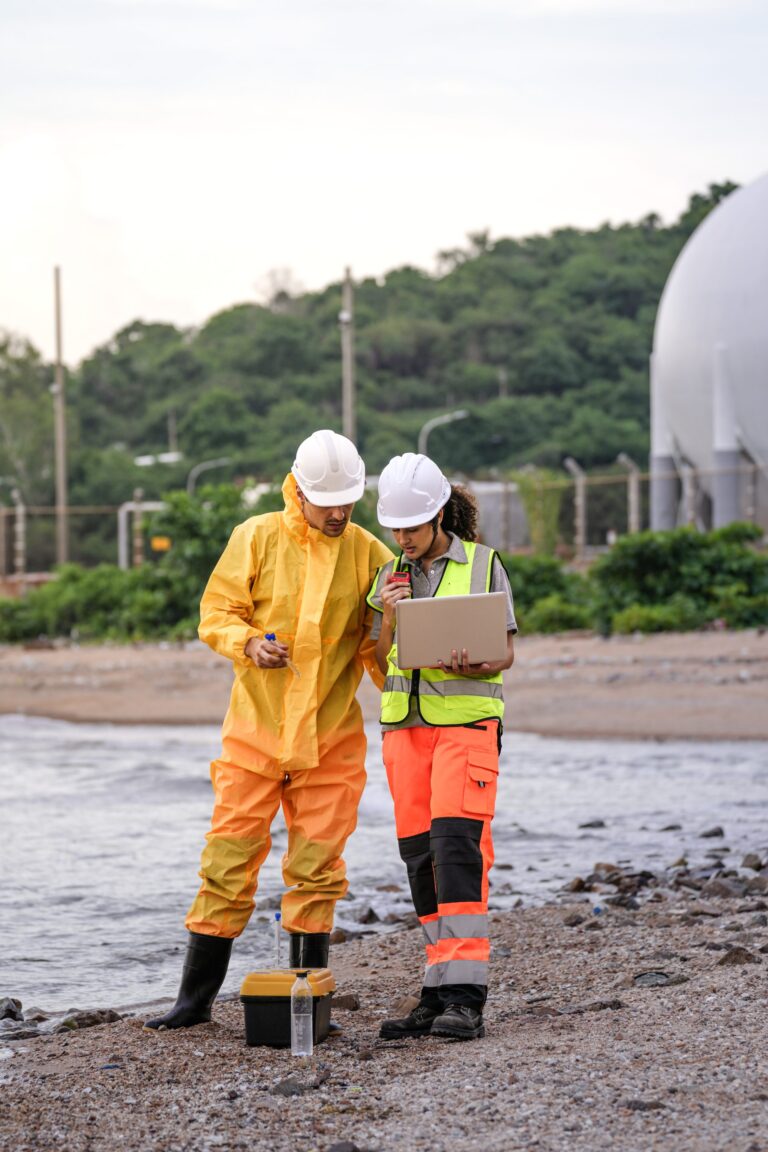
Becoming an Environmental Engineer
Find out what it takes to become an Environmental Engineer and build a career creating sustainable solutions.
Explore what it means to be an environmental engineer, the steps to licensure, and how Unity’s Bachelor’s in Environmental Engineering program is built to meet ABET accreditation standards. This FAQ section is packed with answers to your top questions and insights on how Unity prepares you for a career solving real-world environmental challenges.

Find out what it takes to become an Environmental Engineer and build a career creating sustainable solutions.

Explore the steps to earning your Environmental Engineering licensure and learn how to progress from the FE exam to your Professional Engineer (PE) license.

Learn what ABET accreditation means, and how Unity’s Environmental Engineering curriculum is designed to meet rigorous industry standards.
Clearly explain plans, results, and findings to both experts and the public.
Design systems that integrate with complex machinery and equipment.
Apply math like calculus and trigonometry in design, analysis, and troubleshooting.
Anticipate problems to design systems that reduce or prevent environmental harm.
With 25 years of experience, Dr. Brad Striebig is a proven leader in environmental engineering and an invaluable asset to our program. He is not only a published scholar and textbook author but also a founding professor who knows how to build a high-quality engineering curriculum from the ground up. Most importantly, Dr. Striebig has also served as an official ABET Program Evaluator, which means he is an expert on the very standards our program is being built to meet. Under his guidance, you can be confident that our curriculum is designed with a clear path to accreditation and an unwavering focus on preparing you for a successful career.
